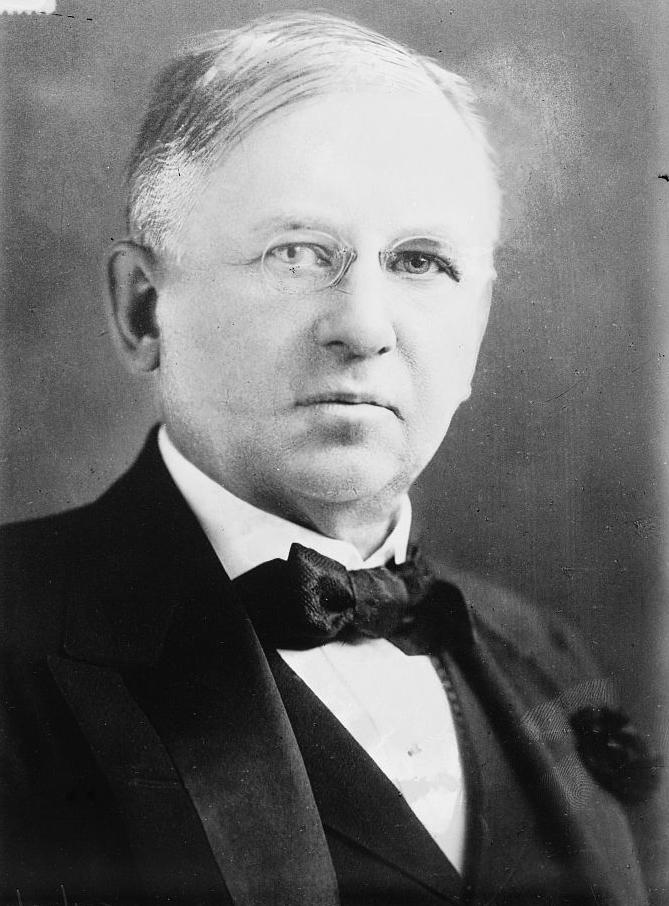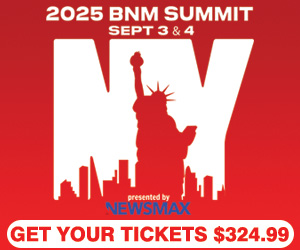Many times, I have been asked if my advertising campaign is going to work for the client. Most often that means will they make more sales, get more calls, make more appointments, or get a lift in traffic to their website. Sometimes, when pressed, I have said, “half of all money spent on advertising is wasted; the trouble is we don’t know which half.”
I borrowed that from John Wanamaker, the Godfather of advertising. I need to stop saying that. Wanamaker said that over 100 years ago. We all gotta do better than 50%.

I set out to do that and landed on an Australian institute, the Ehrenberg-Bass Institute for Marketing Science, E-B for short. They are the world’s largest entity doing scientific research into marketing.
I wanted to know why advertising doesn’t work more often than 50%. E-B claims that If you believe the primary outcome of advertising is to persuade people to buy things they normally wouldn’t, then advertising will mostly disappoint. Talk about setting expectations! Advertising can persuade, sometimes, for some people, in certain conditions, it just doesn’t do this often according to E-B.
It makes sense and supports my assertion that we should go hunting for ducks during duck season and we shouldn’t hunt bear with a BB gun. I don’t hunt by the way.
We would have a hard time justifying our sales proposals if it were based on these rare occasions where someone was persuaded by an ad to buy something they normally wouldn’t. E-B says that is not the most common benefit a brand gets from advertising. Brands are made by memories. Advertising is just a broad name for company-controlled creative activity aimed at shaping buyer memories in the brand’s future favor. A buyer’s memory is one of the most efficient sources of information (even for a google search you need to remember what to type).
Advertising can freshen memories for a specific brand, to make the brand easier to retrieve. E-B calls it Creative Publicity – a way to publicize the brand, remind people of what it does and when to buy it, and on occasion, share some new news such as informing about a new offer being launched. For maximum effect on a buyer’s memory to translate into sales, these 3 fails need to be fixed to help advertising work more often.
- FAILURE TO REACH – For a business, or as they put it a “brand”, to grow, they need to reach out to as many category buyers as possible. Often reach failure happens at the planning stage, where marketers don’t plan for reach in the first place. We are guilty of that in radio scheduling if we don’t run spots Monday-Sunday 6am-12 midnight or on more stations in our cluster that reach a similar demographic. It also happens at the creative stage where the plan might be in place, but the creative just doesn’t get any attention. We have all just mailed it in occasionally. We need to work to eliminate empty copy with no direct action or benefit. Write comedic spots or live reads that are direct and action oriented. For advertising to work, these distribution issues of planning, delivering, noticing, and failures in reach need to be fixed.
- FAILURE TO BRAND – E-B points out that the brand name is the anchor of the exposure. If listeners remember that funny ad about a guy and his wife and have no idea who the ad was for, that’s a fail. Much of the reach will be wasted because it failed to brand. The point E-B makes is that advertising must work for the brand, nobody else. A tire dealer sponsoring the Indy 500 is a good idea but not necessarily adjacent to a trivia segment. When we write commercials, schedule ads or involve clients in promotion, we need to keep in mind the client.
- FAILURE TO BE BUYABLE – E-B reminds us that the best advertising in the world doesn’t translate into sales if physical availability is lacking, and the brand is not easy to find and buy. If a store or business is in a bad location, there is only so much we can do to change that. If, however, you are working with a car dealer in an auto mall, help them stand out from the other dealers in the mall. Research offers and merchandising techniques that will make their cars stand out in a crowd at the right time. Suggest a convertible sale in the summer or 4-wheel drive sale in the snow. Put those cars on the front row and feature them in your copy. Have fun with a serious subject like Covid 19 and move all pick up trucks near a curbside and advertise the new ‘curbside pickup’ line of trucks. Bad location retailers can do special on-site sales or buy booths in trade shows.
By implementing some of these changes maybe we can improve our 50% success rate to 66%. Cause 2 out of 3 ain’t bad.
Jeff Caves is a sales columnist for BSM working in radio and digital sales for Cumulus Media in Dallas, Texas and Boise, Idaho. He is credited with helping launch, build, and develop Sports Radio The Ticket in Boise, into the market’s top sports radio station. During his 26 year stay at KTIK, Caves hosted drive time, programmed the station, and excelled as a top seller. You can reach him by email at jeffcaves54@gmail.com or find him on LinkedIn.



